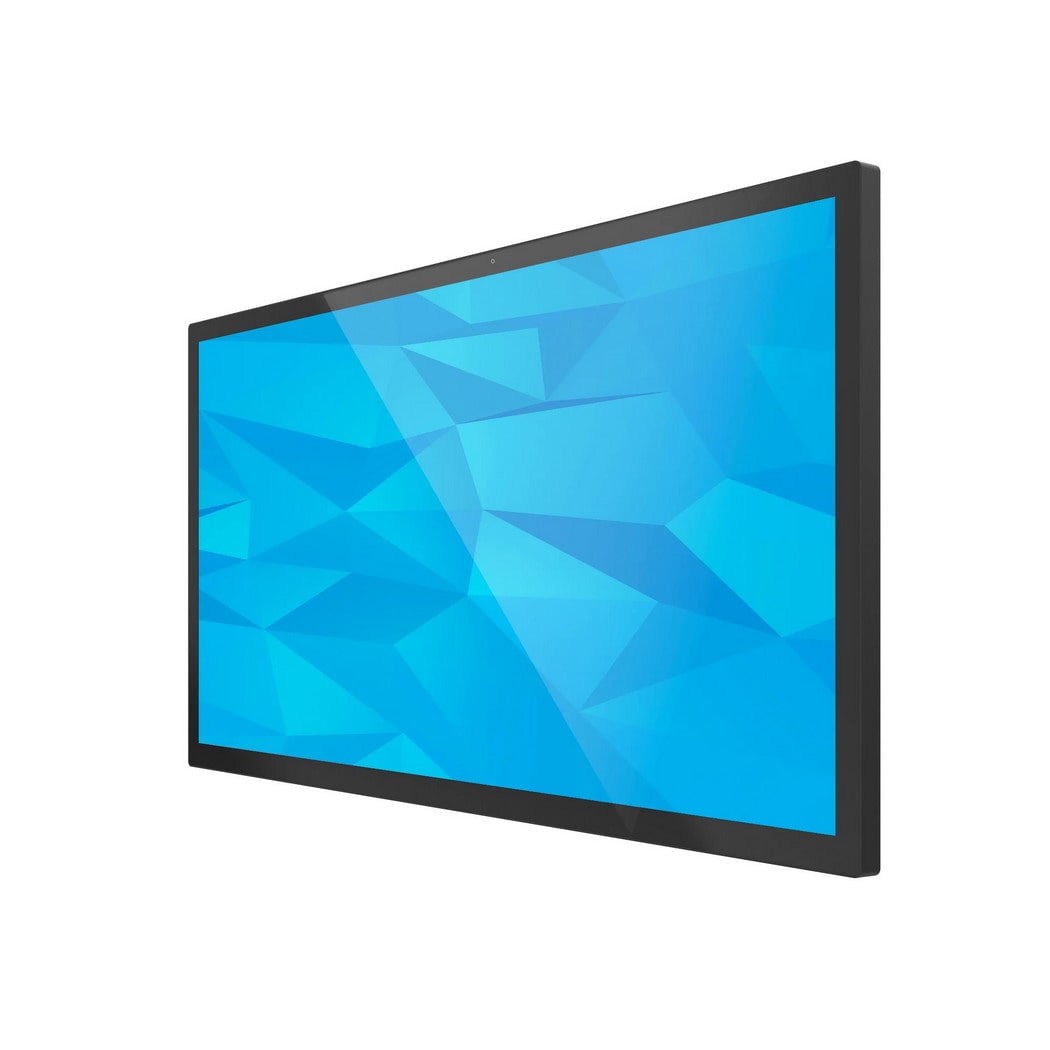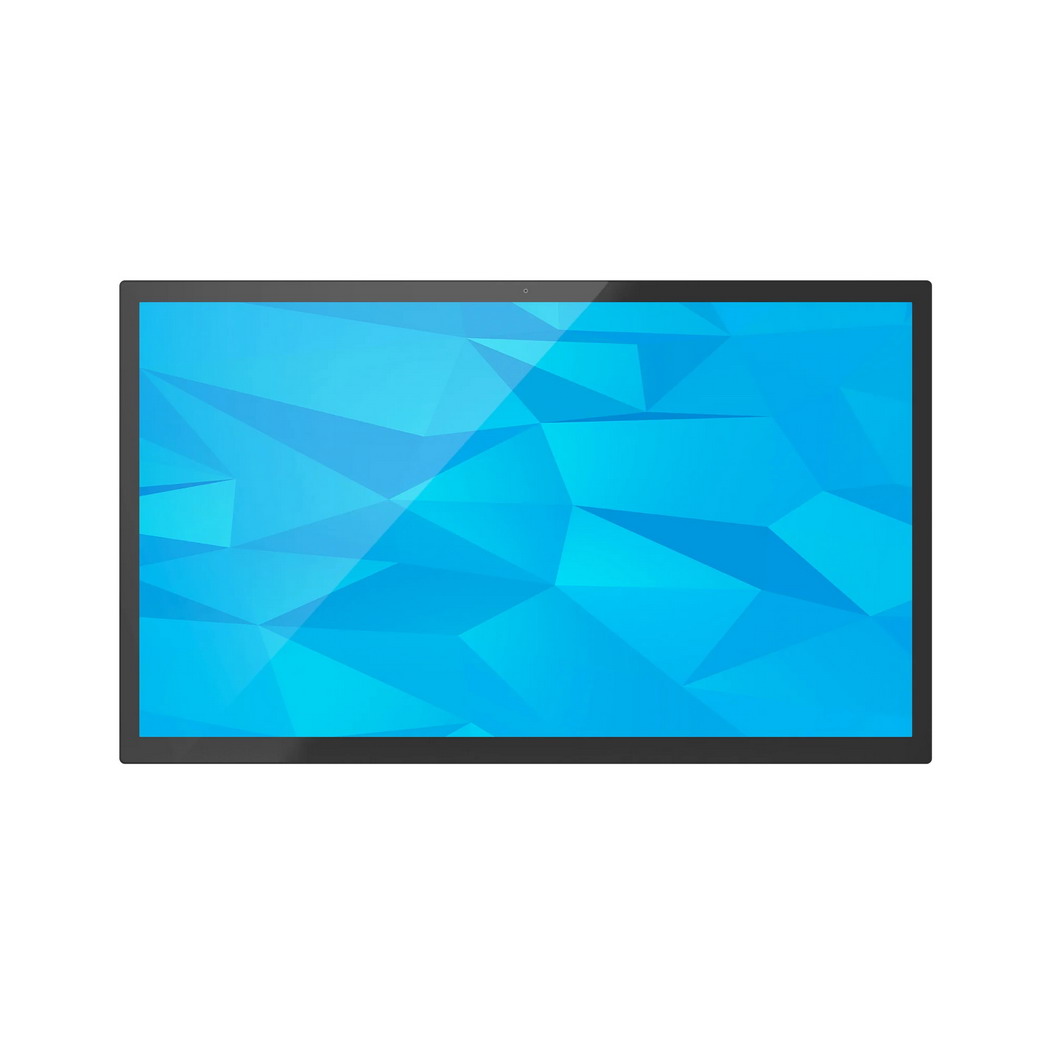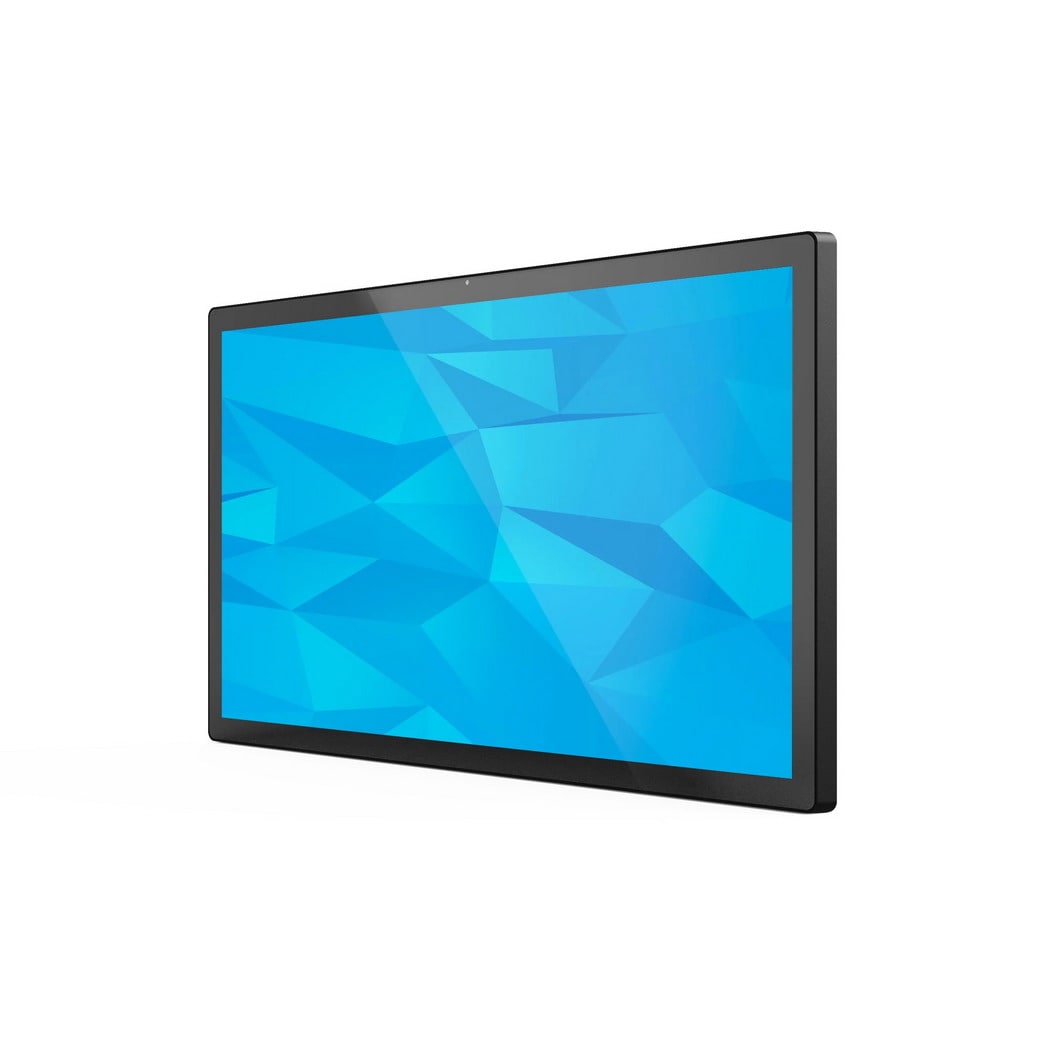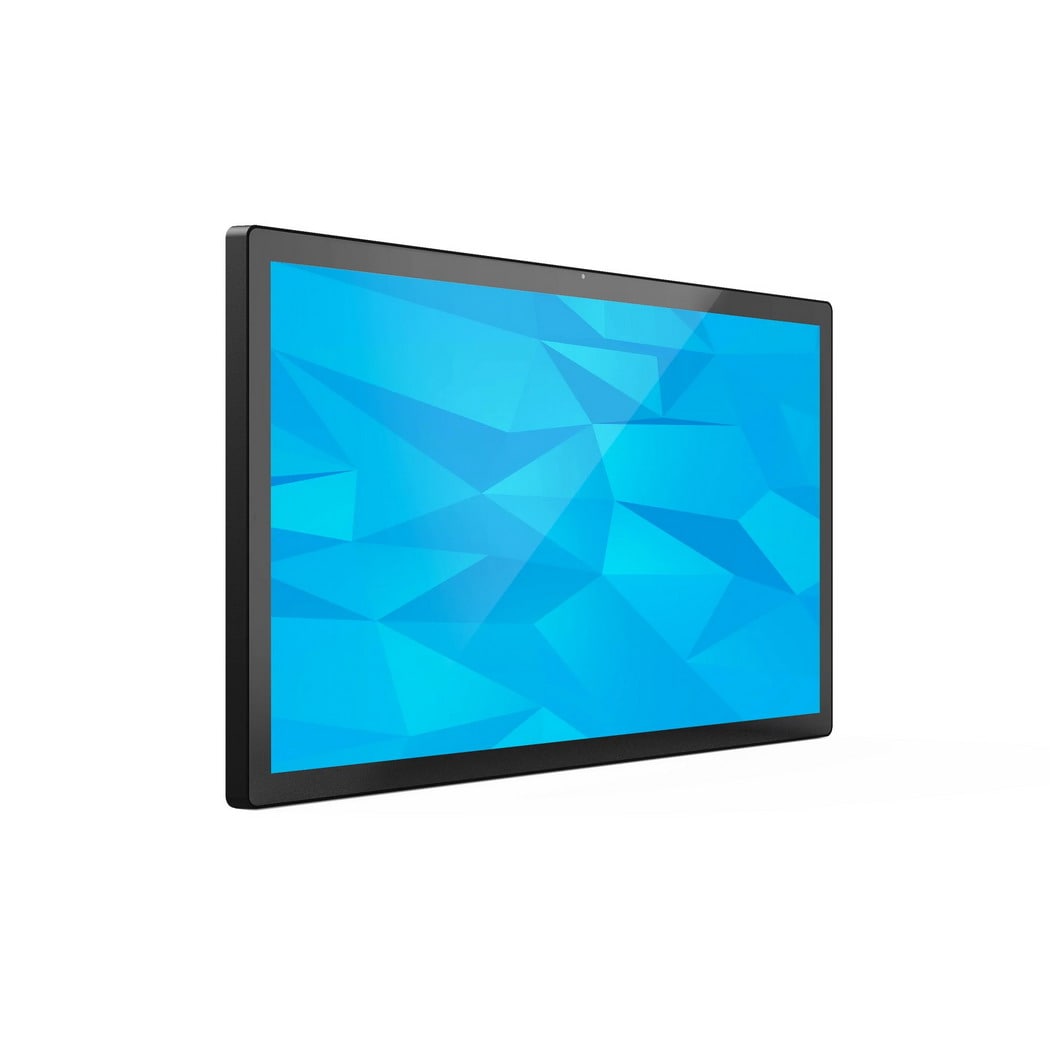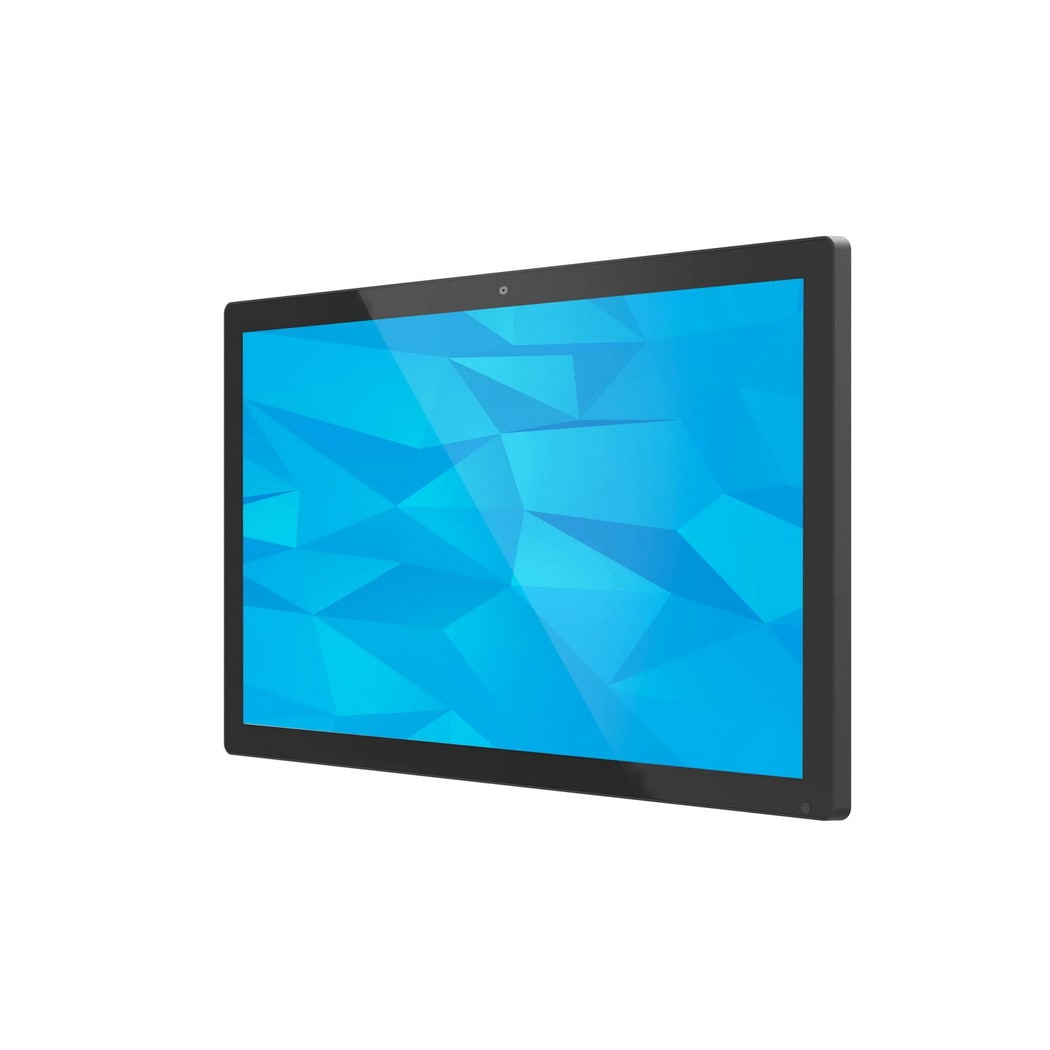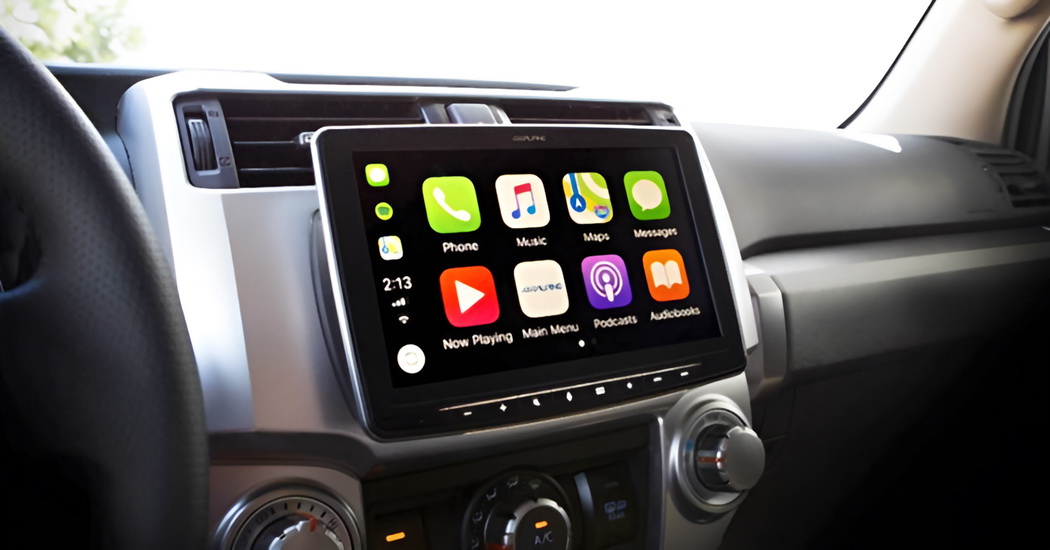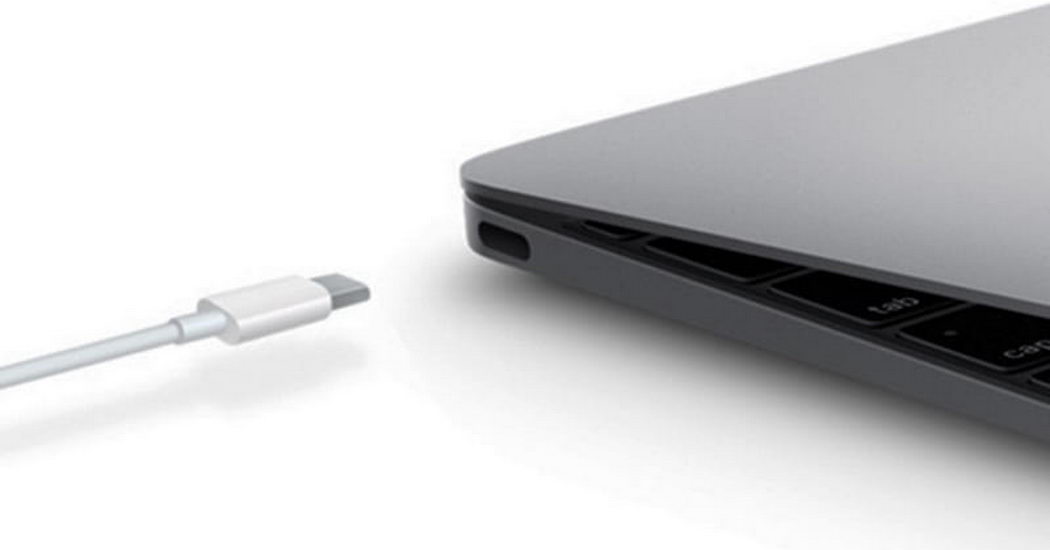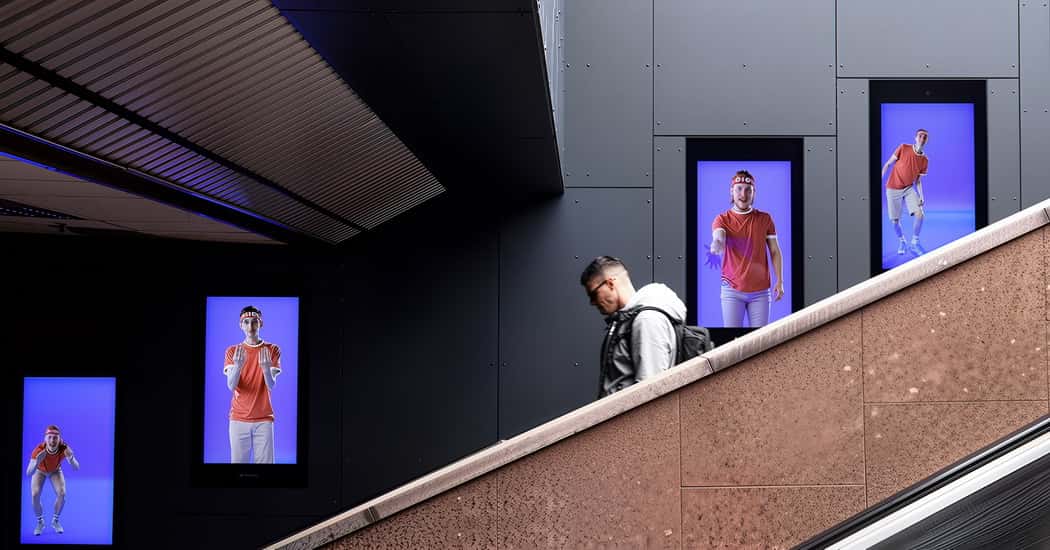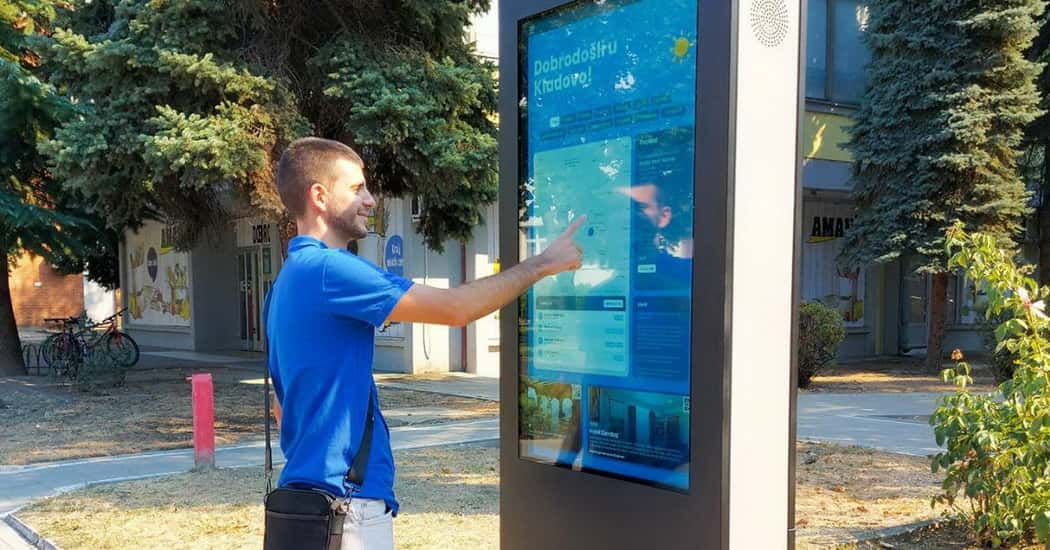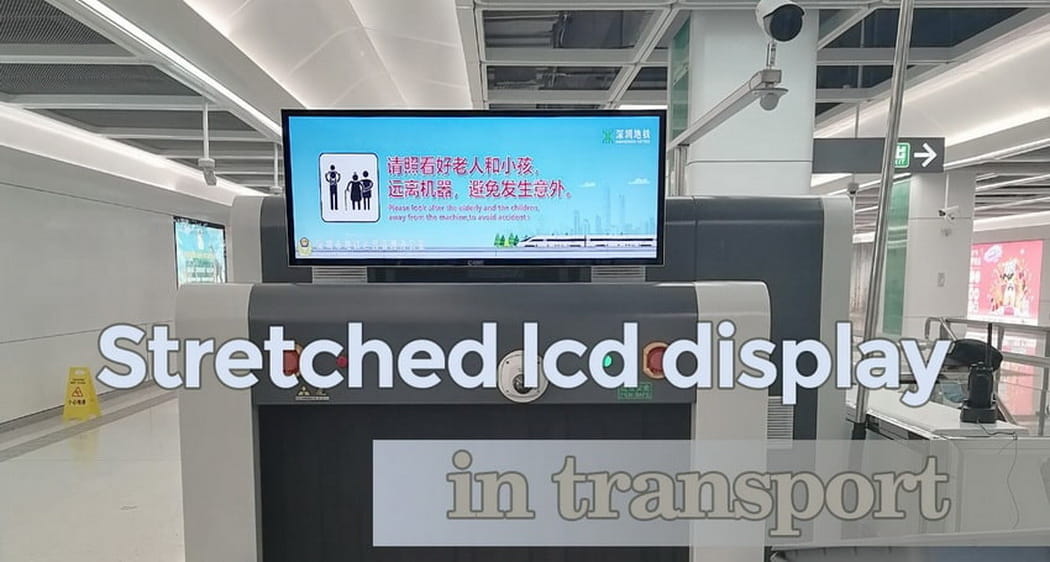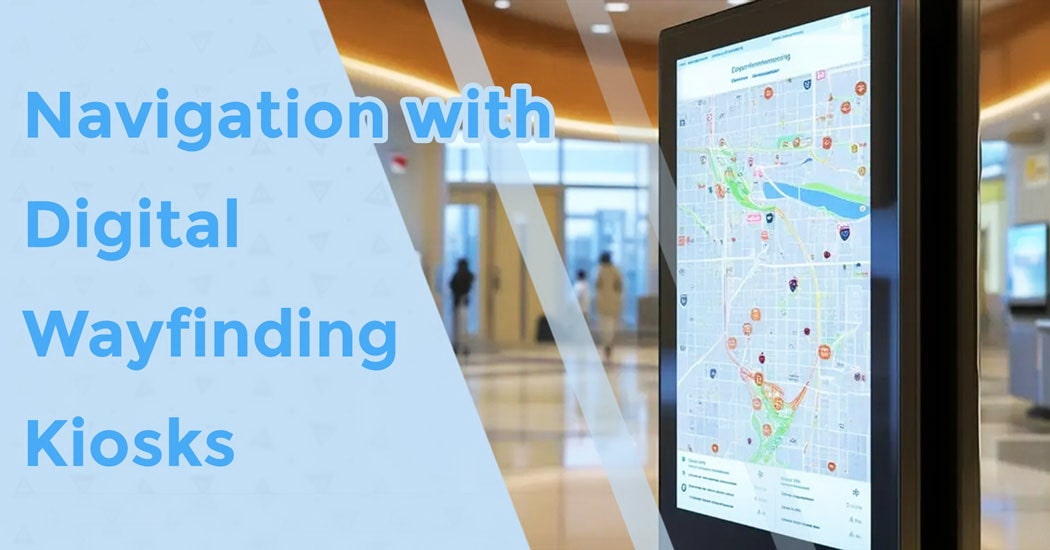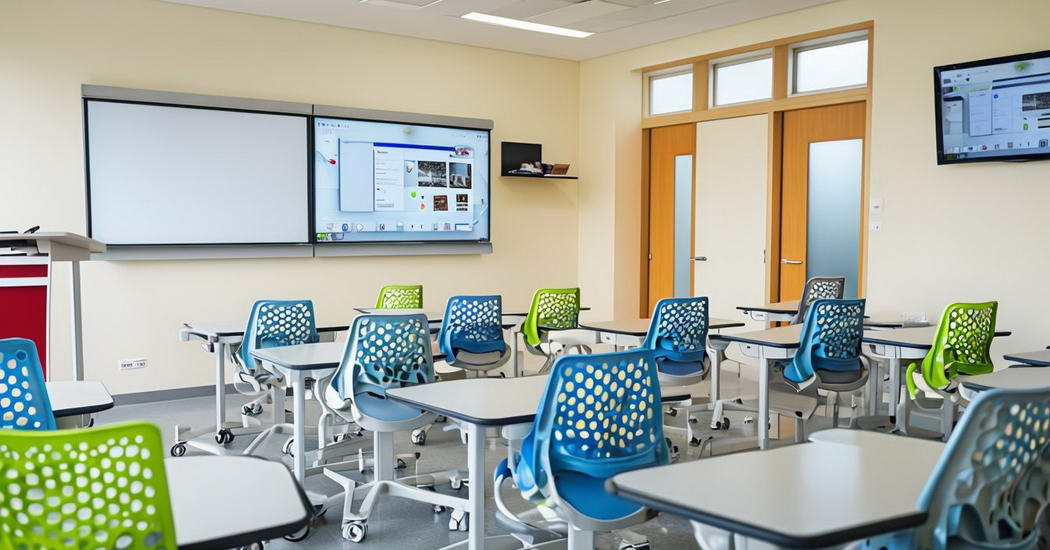
Transform Your Ride: The Benefits of Large Car Display Screens
In this comprehensive overview, we explore the significant advancements in car display screens. From their humble beginnings to today's multifunctional systems, readers will discover how these innovations improve vehicle design and driver interaction.
The evolution of car display screens marks a significant leap in automotive technology. From the early days of modest 2.7-inch displays to today’s stunning 48-inch models, these screens have transformed how we interact with our vehicles. With advancements from monotone visuals to vibrant LCDs and flexible OLED designs, car display screens now offer unparalleled functionality and aesthetic appeal. As consumer demand grows for larger displays that enhance both entertainment and safety features, understanding this evolution is crucial for anyone interested in modern automotive design.
In fact, according to a report published in 2020, about 90% of new automobile models on the market are equipped with screens at or greater than 12 inches. It is quite clear that these displays have rapidly become a selling point for both car manufacturers and buyers alike. The crucial points behind the development of large in-car screens include improved user interfaces, better image quality, and an overall safer driving experience.
The development of screen technology is accompanied by continuous innovation in the design of car interiors
In the last century, the car was still a simple means of transportation for people, being able to go and reliable was the biggest demand.
There is almost no interaction between people and cars, and the greatest joy at that time was to drive humming a little song, and the car occasionally gave a few “roar” in response.
While the design of the interior is limited by the limitations of the function, the designer has almost nothing to offer, and the first big change in interior design comes from the progress brought to the car by electronics.
With the popularity of in-vehicle electrical systems, the infusion of a variety of new features has multiplied the communication between people and cars, and along with the increase in car functions, numerous switches and buttons have appeared in the car.
With the birth of the car radio, the car interior for the first time has a “moving sound”, the monotonous design of the car interior can be implanted in the relevant function of the button, but the cost of this is a bit high, in the case of the Model T at that time only sold 260 U.S. dollars, Chevrolet assembled a radio price of 200 U.S. dollars, almost catch up with the price of a car, which also made the radio at that time has become a symbol of class and status.

In 1930 Motorola invented the integrated car radio, not only compact and affordable, the radio began to rapidly spread, so the era of car entertainment began to arrive.
After 1965, Philips cassette player assembled to the car, not only to avoid the problem of advertising, the tape can also provide a more fidelity and high-quality music experience, also to record and play their favorite music, greatly meet the individual needs of people’s, but the design of the interior is still limited to the button.

In 1972, Lancia was acquired by Fiat to launch the first product Beta was a great success, one of the biggest beauties of the model is the design of its interior, multi-functional buttons are neatly arranged combination so that the interior design by the atmosphere novel, full of technology.
Then CD and VCD entertainment devices emerged one after another, ushering in another development of in-car entertainment systems.

The emergence of display screens has led to the development of in-car entertainment systems in a more diversified and intelligent direction. The entertainment systems of modern cars integrate connectivity, entertainment, navigation and vehicle control, and provide more and more functions, such as audio-visual, information and in-car karaoke.
More and more novel features are starting to be implanted in cars, which gives designers more room for the sky to be the limit.
The LCD material was commonly used before, and this material is very stable in terms of cost, output and service life, and is still the mainstream solution.
We often hear about 12.3 inch, 10.1 inch and other “standardized” size large screens, is the LCD screen suppliers mass production products.
However, the shortcomings of LCD are also relatively obvious, because its own light-emitting principle is to illuminate the pixels through the backlight layer to achieve light, color display effect and viewing angle are relatively limited. At this point, LED’s self-pixel light-emitting principle has a great advantage.
In addition, the emergence of LED makes it possible to apply technologies such as shaped screens and flexible screens.
Car companies can customize the screen inside the car according to their own needs. For example, laminated on the A-pillar transparent A-pillar screen, such as the car’s transparent screen, such a screen in the car instantly let the sense of technology soaring, and the transparent screen is also based on the characteristics of the OLED to achieve.

So on the one hand, the continuous innovation of interior design, on the other hand, the development of screen technology, both as a result of each other, supports the era of large screens in cars.
Complexity and multi-function of automotive application scenarios
In the field of design, form follows function is a famous quote from Louis Sullivan, a leading figure in the Chicago School of Architecture, who summarized the principles of design in 1907. This is also held as a truth by most designers today.
In the past, the car had limited functional single scenarios, the driver’s attention needed to be focused on driving, and human-vehicle interaction needed to be conducted with the driver as the center.
Vision, sound and touch as the three most important ways of interaction between people and the outside world, with vision occupying the lion’s share of them.
Therefore, the screen becomes the most important medium for human-vehicle interaction when it is converted into cabin design. The more and more flexible screen forms and the use of larger and larger screens are also relatively reasonable solutions that can be provided by automobile enterprises under the current technical conditions, giving consideration to driving safety and functional innovation.
Of course, whether it is user choice or product trends, cockpit intelligence has been the trend, the future of the car in the intelligent interaction, the amount of information released by the cockpit will be multiplied.
Car manufacturers need to place larger and more multifunctional displays in the interior, which will include LCD instruments, HUD, central control screen, rear seat entertainment, etc., and human-vehicle interaction will develop in the direction of multimodal interaction.
In this context, it is inevitable that the design of car display screens tends to be big and new.

The development of autonomous driving will promote the application of large screens in vehicles
If you ask what the future car will be like, there is no doubt that it must be unmanned.
In the driverless era, there will no longer be a steering wheel or driver in the car, but only passengers, and the process of changing the role of the consumer from driver to occupant is actually a process of change in information processing.
As a driver, you need to pay attention to the road information, the traffic conditions in front of you, and be prepared for the sudden rise of people and vehicles at any time, which means that you need to stay focused as a driver at all times.
But after the shift to occupants, all the information that needed to be processed by the driver began to be gradually replaced by sensors, and decisions began to be made by the car, with the occupants “doing nothing” in the car and being useless.

Naturally, the need to watch movies, listen to music, and video with friends began to emerge, and with the changing needs, the screen naturally follows, and different screen forms can meet the needs of different scenarios.
The driver’s position screen, the passenger’s entertainment screen, the rear passenger’s joint screen allows each occupant degree to enjoy a certain degree of private use of space, and a screen such as the size of a home TV, you can turn your car into a mobile movie theater in seconds, at any time during the journey can watch their favorite movies, would not it be great.
As we look towards the future of automotive technology, the role of car display screens will only continue to expand. With advancements in autonomous driving capabilities, these screens will become central to passenger experiences, transforming cars into mobile entertainment hubs. Imagine enjoying your favorite movies or engaging with interactive content on a screen as large as your home television while you travel. This shift not only enhances comfort but also redefines our relationship with vehicles. If you’re ready to upgrade your vehicle’s interior with cutting-edge car display screens that combine style and functionality, contact us today! Our expert team is here to help you navigate your options and find the perfect solution tailored to your needs.
Closely related post:
Latest updated post:
Latest products:

